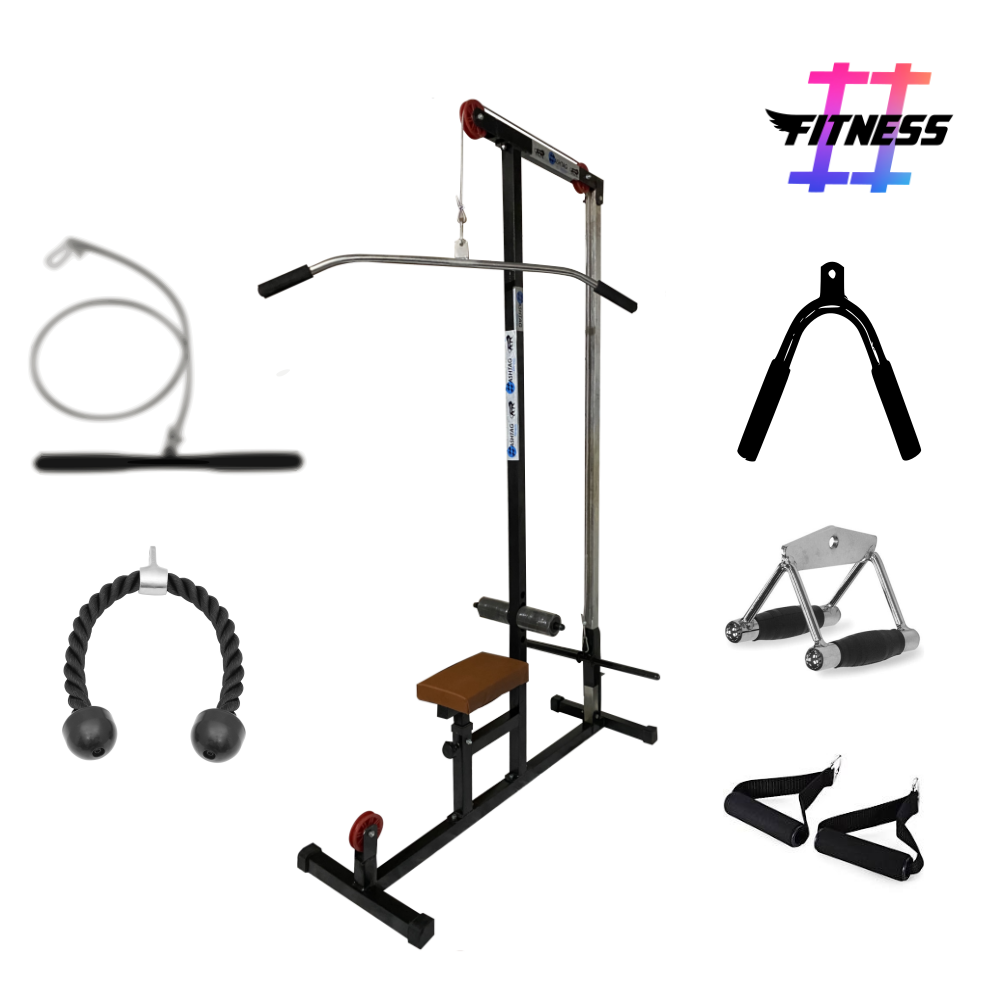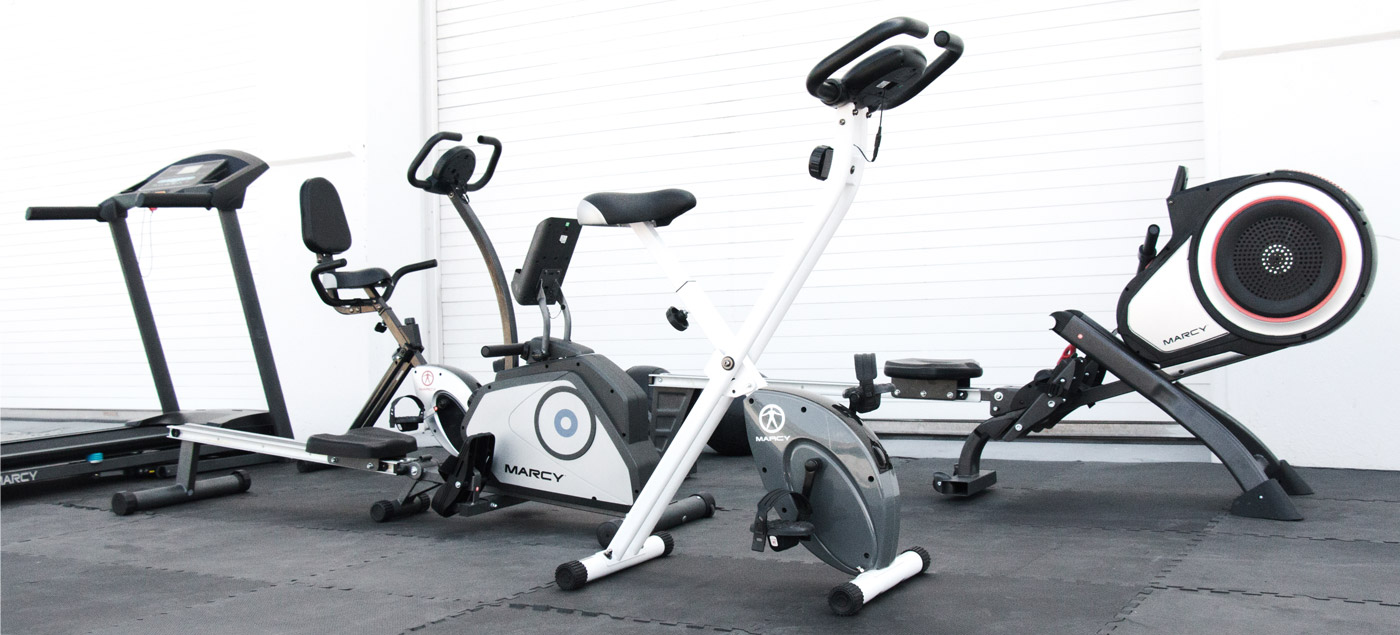
How much do personal trainers charge depends on a number of factors. Credentials, experience and expertise of the trainer all influence cost. The cost of living is also a factor in the price a trainer charges.
The average cost of a personal training session is $40 to $70 per hour. This is determined depending on the length and location of the training sessions as well as the trainer's expertise.
When looking for a fitness trainer, you should ask the correct questions and check their background. This will ensure that they possess the necessary qualifications and experience. A good personal training will be able build a strong relationship with you. They will get to understand your goals and personality. You should be motivated to push past a tough plateau and achieve your goals.
If you're on a budget, you might want to consider hiring a group trainer. Although you'll save money by working with a group trainer, the sessions won't feel as personal. Group fitness classes can help you lose weight or tone up.

You can reduce the price by buying a bundle of sessions. A gym will often give discounts if a client purchases a specific number of sessions. This is a great way to keep costs low and attract new clients.
Personal trainer contracts are usually 12 months in length. They're the most affordable and common. Other agreements include personal training for 6, 18 and 24 months. In general, longer agreements have higher prices to discourage people from only joining for one session.
Certificates and Years of Experience
A lot of qualifications and years of expertise are great. It shows you that the trainer's experience is extensive and that they can help achieve your health and wellness goals.
It is likely that a trainer with experience in the field will have worked with a number of clients and received many positive testimonials. This gives them the confidence to help other people lose weight and feel good.
The amount that a trainer charges per session will vary depending on the length of time and the goals you have. The session may be longer if you want to improve your endurance and strength.

Some trainers are limited in time, and they can only accomplish so much during a single session. Therefore, they charge less compared to if they were given more time. There may be a limit to the number of times they can work each day.
If you have many clients, you may be able offer them a discount if they buy a fixed number of sessions. This can be a great way to get clients and increase your revenue, but it is important to note that you need to make sure the package or contract is worth the money you are charging.
FAQ
What Are Resistance Training Exercises?
Resistance training can be done with weights or other objects. Lifting weights will strengthen your arms. Resistance training improves muscle mass, bone density and overall strength.
Do I need food before I exercise?
No. You don't need to eat anything before working out. It is possible to snack on yogurt or fruit if you are hungry after your workout.
Can I eat while I'm exercising?
Yes. While you're working out, you can eat whatever you'd like. Choose low-calorie snacks like watermelon. These foods are rich in nutrients that will help you work out better.
Is it possible that you can be too thin?
Yes! Eating disorders and being overweight are both dangerous. It's normal to be a little heavier than you should be. A person may feel tired, weak, dizzy or experience other symptoms that might indicate they are underweight.
Statistics
- In high-income countries, 26% of men and 35% of women were insufficiently physically active, as compared to 12% of men and 24% of women in low-income countries. (who.int)
- Globally, 28% of adults aged 18 and over were not active enough in 2016 (men 23% and women 32%). (who.int)
- An estimated 110,000 deaths per year could be prevented (cdc.gov)
- Adolescent girls were less active than adolescent boys, with 85% vs. 78% not meeting WHO recommendations of at least 60 minutes of moderate to vigorous intensity physical activity per day. (who.int)
External Links
How To
How to Burn Belly Fats Faster
Belly Fat is often considered a problem for those who want to lose weight. However, Belly Fat can be beneficial if you really think about it. It's the amount of fat stored around your stomach that protects your organs from getting damaged. Let's find out how to lose belly fat quickly.
The main factors that contribute to our body fat accumulation are stress and inactivity. The cortisol hormone stimulates stress which makes us hungry. Cortisol is responsible for an increase in insulin levels. The excess calories are stored as fat by insulin. A lack of sleep leads to adrenaline being released into the system which causes an increased appetite. These extra calories can also be reduced by exercise
There are many different ways to reduce bellyfat. Any one of these can be tried, depending on how much you have to spend. These tips will help you quickly get rid of belly fat.
-
Try to eat less food. Instead of eating three large meals per day, try to eat smaller meals. This will result in fewer calories.
-
Drink plenty of fluids. Water helps flush out toxins from the body and keeps you hydrated. Also, drinking water before every meal will keep you feeling full longer so you won't overeat.
-
Avoid unhealthy snacks. If you're looking for quick fixes, snack foods like chips, cookies, candies, etc. This might be tempting. But avoid these fattening treats as they contain lots of empty calories and too much sugar. Choose healthy options like whole grains, fruits, vegetables, nuts, seeds and nuts.
-
Strength training should be performed at least 3 times per week. Strength training increases muscle mass, which can help you burn more calories while still resting. Strength training strengthens bones, muscles and ligaments. It can also improve the heart, lungs, joints, and other body systems.
-
Move regularly and stretch. Stretching helps to improve flexibility and mobility, which reduces back pain. Walking for 30 minutes is a great way to burn calories.
-
Reduce alcohol intake. Your diet is empty of calories, and alcohol has no nutritional content.
-
Slowly lose weight. The first step towards losing weight is to identify what your current weight is. Calculate your ideal weight by adding approximately 5% to 10% of the total weight. Once you have determined your ideal weight, you can start to reduce your calorie intake by 500-1000 calories per day until you reach it.
-
Avoid processed foods. These foods contain high levels of sugar, salt, and preservatives. These processed foods are often convenient, but they lack enough nutrients for good health.
-
Don't skip breakfast! Consuming breakfast increases concentration, memory and energy levels. Breakfast should include protein (like eggs), fiber (like oats), and complex carbohydrates (like oatmeal).
-
Have regular bowel movements. Bloating and gas can be caused by irregular bowel movements and constipation. Drink plenty of water to prevent gas and fiber ingestion.